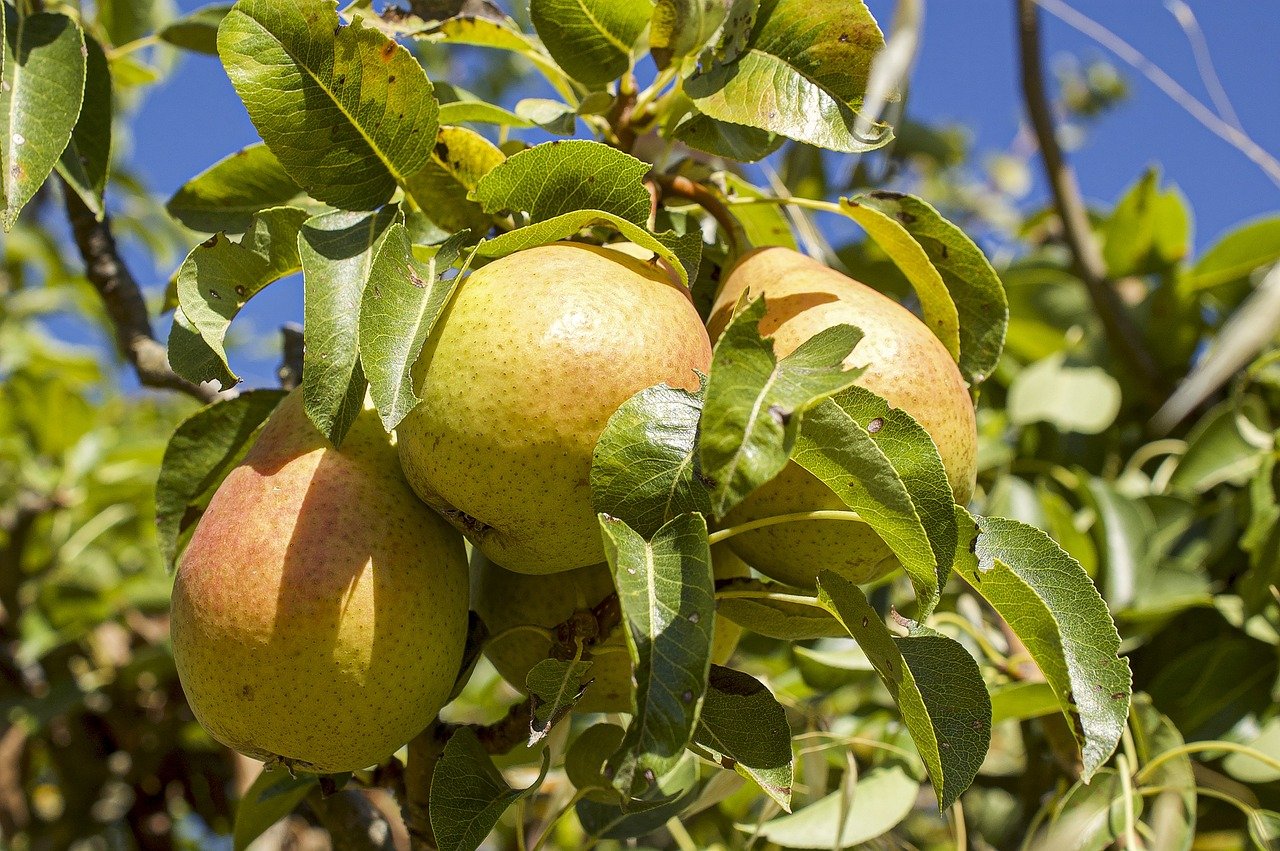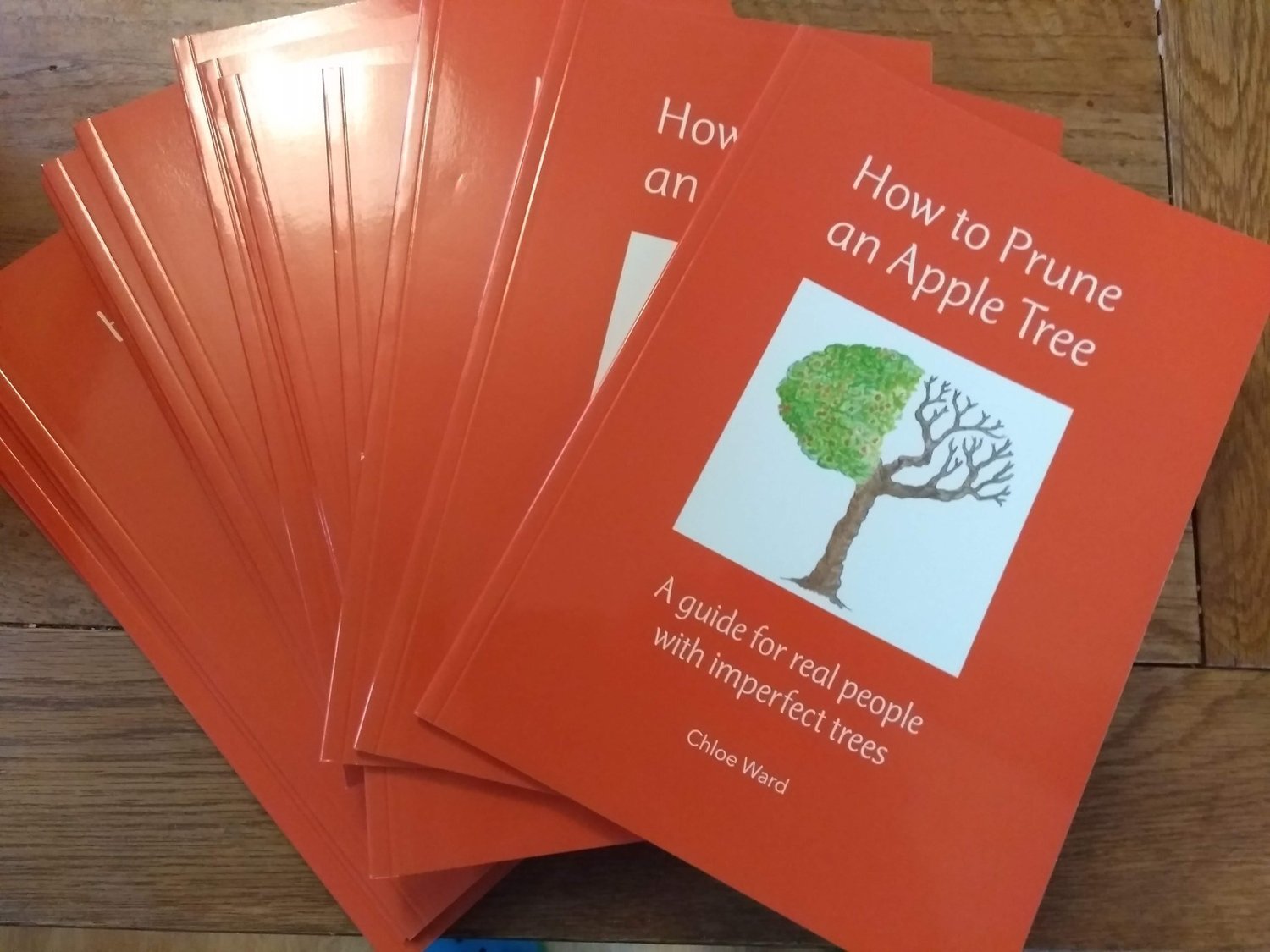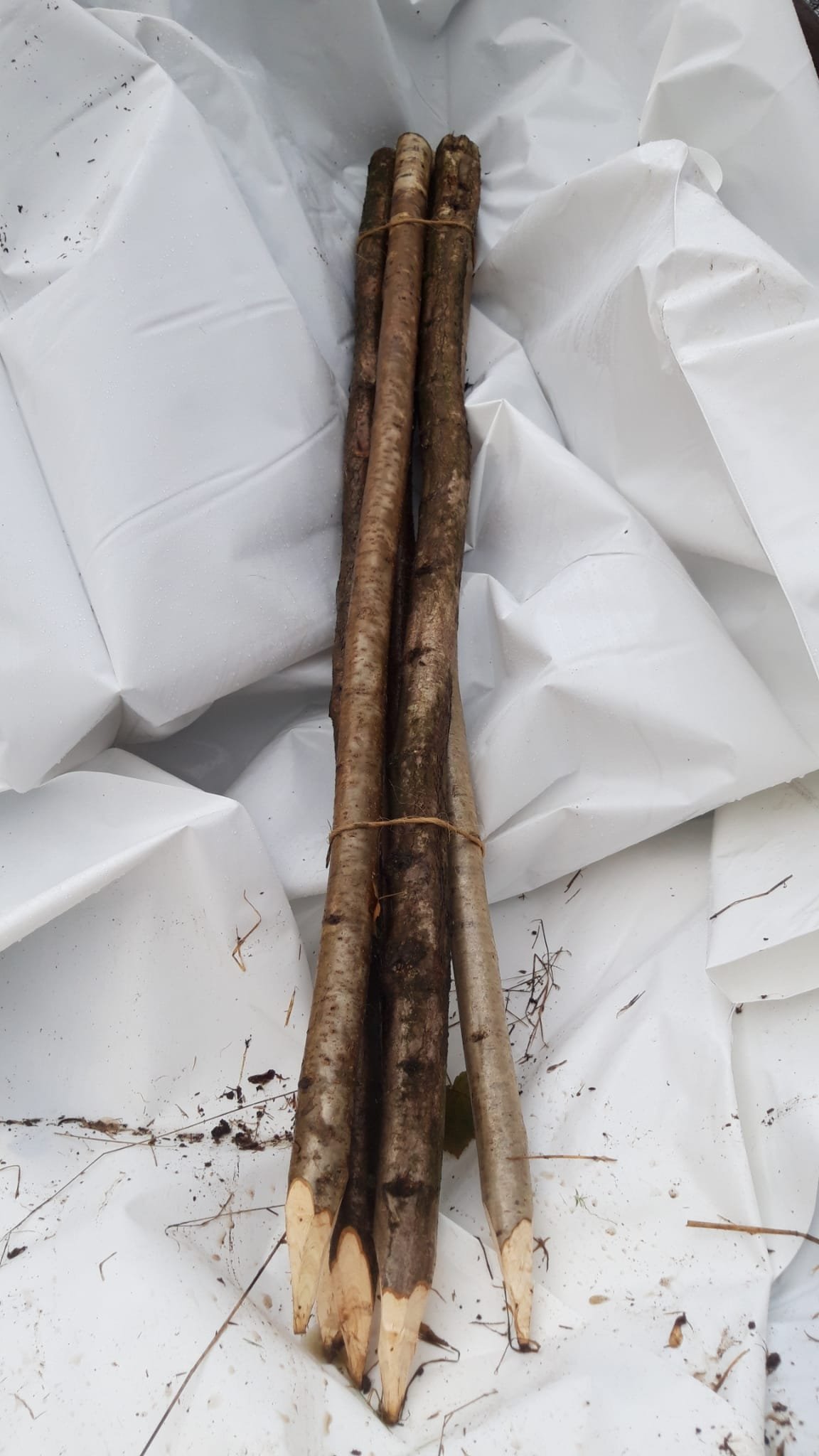Shop > Apple trees > Self-fertile
Self-fertile apple trees
Self-fertile apple trees do not require a pollination partner to produce a crop. For more information about pollination, see our pollination advice page.
Bare root
Delivery, Collection and FAQs
-
We deliver bare root trees (dispatched Nov-Apr) but not potted trees. Potted trees are collection only from Leeds (or we can deliver locally by arrangement).
-
See our Delivery & Collection Info page for up-to-date delivery rates.
-
Yes, you can collect your order from Kirkstall, Leeds. We send the full details when you place your order.
-
This varies, but broadly speaking trees classified as Small are 3-4ft and 1 year old. Trees classified as Large are 4-6ft. are 2-3 years old and have some established branches.
See also























A heavy-cropping, late season dessert apple with a sweet flavour and firm flesh. The fruit is greenish-yellow with red flushing and striping.
Type: Dessert
Season: October-January
Pollination: Partially self-fertile. Pollination group D